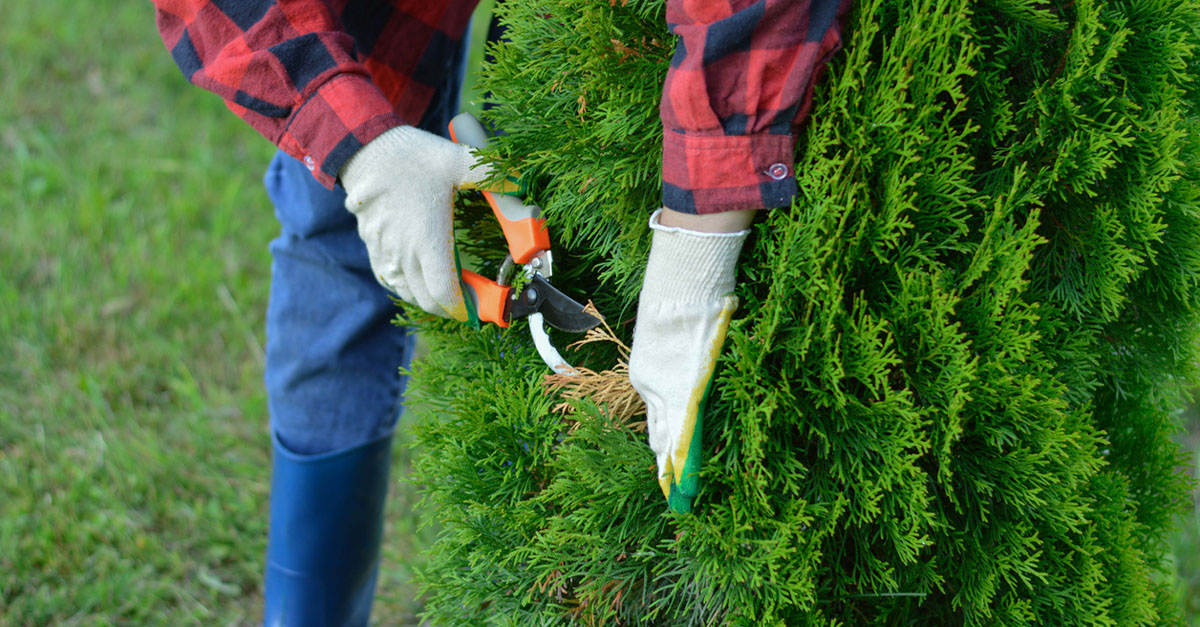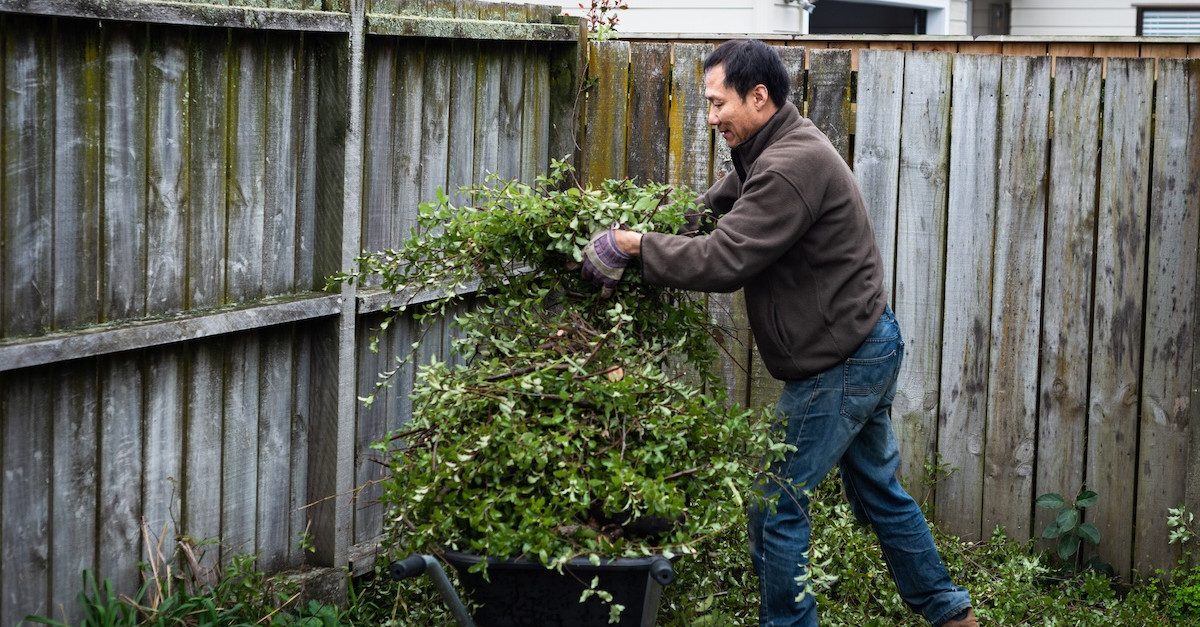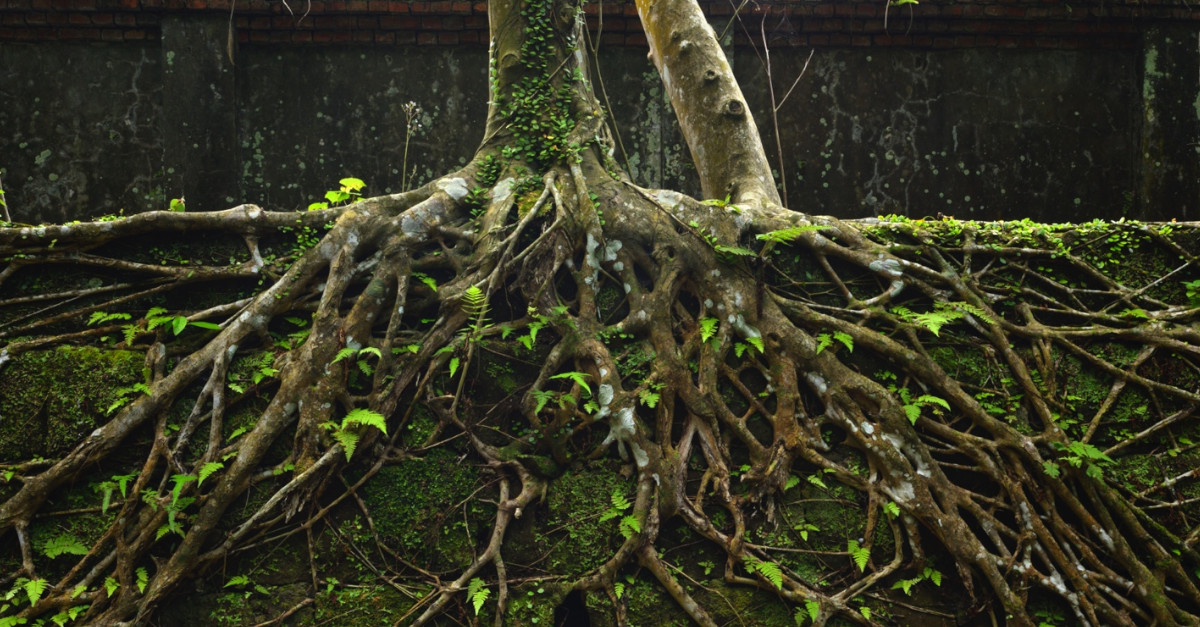Evergreen Trees in Georgia: Care Tips to Keep Them Thriving All Winter
From the Green Giant Arborvitae to the American Holly, Georgia is rich with native evergreens. While some are similar to the classic Christmas tree, not all evergreens are cone-shaped, nor do they all have needles! Some have a pyramidal shape, broad leaves, and other characteristics similar to those seen in deciduous trees.
What sets evergreens apart is their shedding pattern: Instead of dropping their foliage all at once, they lose it gradually year-round. Staying active through all seasons in this way calls for special care — especially during the cold, dry winter. Here are some ways to help your evergreens thrive this time of year.
How Do You Protect Evergreen Trees in the Winter?
Defending Against Desiccation
Also known as “winter burn,” desiccation is a common issue in evergreens. It’s characterized by needle or leaf discoloration, often manifesting as orange, brown, or purplish hues after a particularly harsh winter. Desiccation occurs when the water your tree loses through its needles or leaves (known as transpiration) exceeds the amount of water it can pick up through its roots. Factors such as harsh winter winds and long periods of direct sun can amplify this effect.
How do you maintain evergreen trees despite dry, windy winters? There are two key strategies for protection: watering and wrapping them.
Knowing When to Water
As tree specialists, one question we encounter often is, “Should I water my evergreens in the winter?” Like most aspects of tree care, it depends. Unlike deciduous trees, evergreens don’t go dormant during the winter and therefore need moisture year-round. But because they can no longer pick up additional water when their root system is frozen, you can help them out ahead of time.
Ideally, you’ll have given your evergreens ample water during the fall — a task that should be on your annual autumn tree care checklist. Watering their roots so they stay hydrated but never saturated is key, as is mulching around their base, which can help lock in moisture. But if precipitation has been lacking and you’re concerned that your tree’s roots are still getting too dry during the winter, try this trick: stick a long stake or screwdriver near the tree’s base, and see if it slides in easily. If so, your soil is likely hydrated enough to deliver continuous moisture. If not, you may need to replenish the water supply.
Wrapping for Wind Protection
Since harsh winds can accelerate transpiration, it doesn’t hurt to give your evergreens an extra layer of protection against particularly powerful gusts. Young saplings are the most fragile, so protect new trees by wrapping them when winds are expected to be intense. Breathable burlap is a safe bet — the material allows for ample airflow but still helps shield sensitive plants. Be sure to remove the covering once cold winds cease, as leaving it on too long could cause overheating.
Book a Service With Premier Tree Solutions
Even with minimal intervention, most evergreens are hardy enough to make it through harsh winters. But if you notice signs of damage on these or any other trees, allow our team to help. From tree trimming services to pruning and removal, we’re here to assist. Request an estimate by sending us a message online or by calling 404.252.6448.










